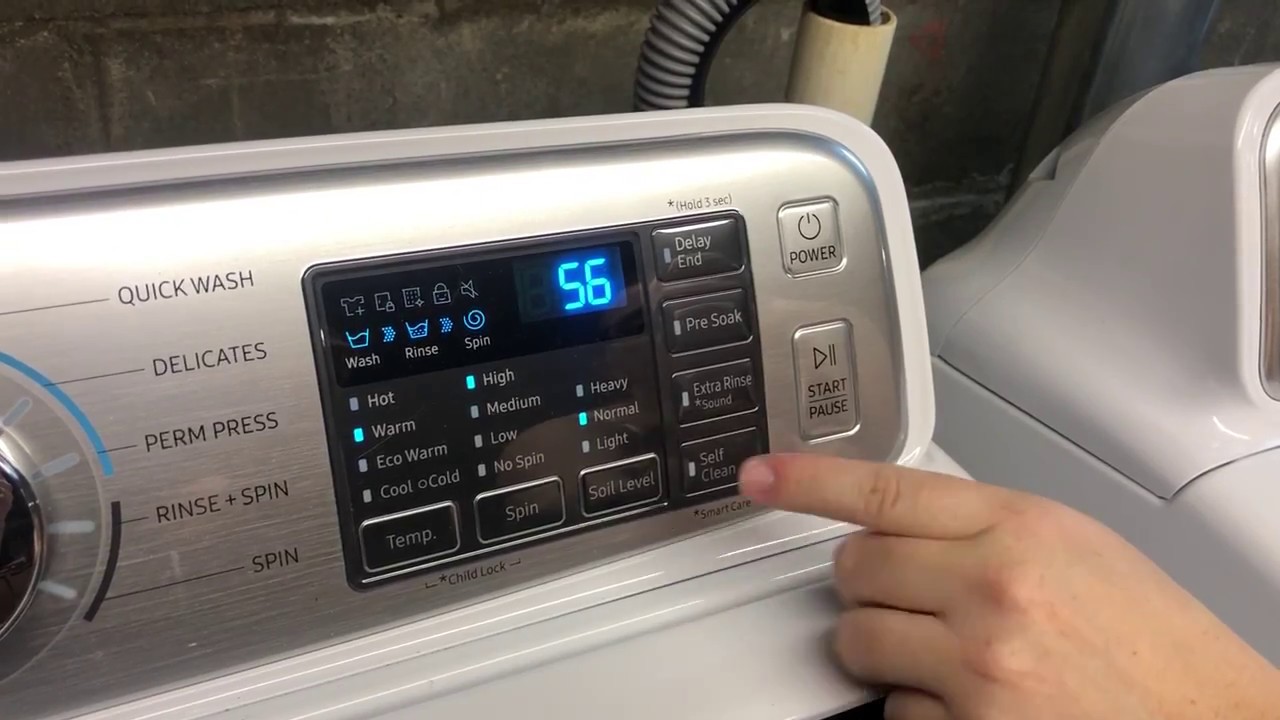

Articles
What To Put In Washer For Self Clean
Modified: February 20, 2024
Learn what articles you should put in your washer for a self-cleaning cycle and keep your machine fresh and odor-free. Expert tips and advice inside.
(Many of the links in this article redirect to a specific reviewed product. Your purchase of these products through affiliate links helps to generate commission for Storables.com, at no extra cost. Learn more)
Introduction
Washing machines are essential appliances in our homes, helping us keep our clothes clean and fresh. However, over time, these machines can accumulate dirt, grime, and even mold, leading to unpleasant odors and less effective cleaning. This is where the self-clean function comes to the rescue.
Self-cleaning technology in washers has become increasingly popular as it offers a convenient way to maintain the cleanliness and performance of your machine. By using the self-clean mode regularly, you can ensure that your washer remains in optimal condition, extending its lifespan and improving its efficiency.
In this article, we will explore the benefits of using the self-clean mode on your washer and guide you on what to put in your washer for a successful self-cleaning cycle.
Key Takeaways:
- Regular self-cleaning with appropriate agents like vinegar, baking soda, or citric acid maintains washer hygiene, prevents odors, and extends its lifespan, ensuring fresh and clean laundry results.
- Following manufacturer instructions, regular maintenance, and proper cleaning practices maximize the effectiveness of the self-clean mode, keeping the washer in excellent condition and providing hygienic laundry results.
Read more: What Is Clean Washer With Affresh
Why Self Clean Your Washer?
You may wonder why it is necessary to self-clean your washer when it already cleans your clothes. The truth is, while your washer performs an excellent job of cleaning your garments, it can become a breeding ground for bacteria, mold, and mildew over time. This accumulation of dirt and grime can lead to foul odors and even affect the performance of your machine.
Regular use of the self-clean mode helps in several ways:
- Maintains Hygiene: By cleaning out any bacteria and mold present in your machine, self-cleaning helps prevent cross-contamination to your clothes, ensuring they come out fresh and hygienic.
- Eliminates Odors: The accumulation of dirt and stagnant water can result in unpleasant smells. Self-cleaning helps to remove these odors, leaving your washer smelling clean and fresh.
- Prevents Clogging: Over time, debris, lint, and detergent residue can build up in the nooks and crannies of your washer. By using the self-clean mode, you can prevent clogs and maintain optimal water flow, ensuring a thorough clean cycle.
- Improves Efficiency: A clean washer operates more efficiently, using less energy and water. Regular self-cleaning not only prolongs the lifespan of your machine but also saves you money on electricity and water bills.
In summary, self-cleaning your washer is crucial to maintain cleanliness, prevent odors, and extend the life of your machine. Now let’s dive into the details of how to prepare your washer for self-cleaning and what items you can use to achieve the best results.
Benefits of Using Self Clean Mode
Using the self-clean mode on your washer comes with several advantages that go beyond mere cleanliness. Here are a few compelling reasons why you should take advantage of this feature:
- Effortless Cleaning: The self-clean mode takes the hassle out of cleaning your washer manually. With just a few simple steps, your machine can clean itself, saving you time and effort.
- Odor Prevention: One of the most common issues with washers is the development of unpleasant odors. Regular use of the self-clean mode helps eliminate these odors, ensuring that your clothes come out fresh and free from any lingering smells.
- Extended Lifespan: By keeping your washer clean and free from mold, mildew, and debris, the self-clean mode helps prevent damage and prolongs the lifespan of the machine. This can save you money in the long run by reducing the need for repairs or the need to replace your washer prematurely.
- Improved Efficiency: A clean washer operates more efficiently, ensuring that each wash cycle effectively cleans your clothes while using less water and energy. By using the self-clean mode regularly, you can maintain optimal performance and reduce your environmental impact.
- Prevents Contamination: Over time, bacteria and mold can accumulate in your washer, posing a risk of contaminating your clothes. The self-clean mode helps eliminate these contaminants, ensuring that your clothes are clean and safe to wear.
- Peace of Mind: Knowing that your washer is clean and well-maintained gives you peace of mind. You can confidently wash your clothes, knowing that they will come out fresh, clean, and free from any potential health hazards.
By taking advantage of the self-clean mode, you can enjoy these benefits and maintain the performance and longevity of your washer. However, it’s important to properly prepare your washer before initiating the self-cleaning cycle. Let’s explore the necessary steps to ensure a successful self-cleaning process.
Preparing Your Washer for Self Cleaning
Before initiating the self-clean mode on your washer, it’s important to take a few necessary steps to ensure that the process is effective and safe. Follow these guidelines to prepare your washer for a successful self-cleaning cycle:
- Read the Manual: Start by familiarizing yourself with the manufacturer’s instructions for your specific washer model. The user manual will provide valuable information on how to access and operate the self-clean mode.
- Remove Items: Clear your washer of any clothes, towels, or other items that may be inside before starting the self-clean cycle. This ensures that the cleaning process is focused solely on the interior of the machine.
- Empty the Detergent Dispenser: If your washer has a detergent dispenser, remove it and thoroughly clean it to remove any residue or buildup. This step helps to ensure that the cleaning agents used during the self-clean cycle can work effectively.
- Inspect the Door Seal: Take a moment to inspect the door seal or gasket for any visible signs of dirt, mold, or debris. Wipe it down with a damp cloth or mild detergent if necessary.
- Clean the Drum: Use a damp cloth or sponge to wipe down the interior drum of your washer, removing any visible dirt or residue. Pay special attention to the areas around the agitator or drum paddles.
- Check the Filter: Consult your user manual to locate the filter on your washer, which is typically located at the bottom of the machine. Clean or replace the filter if necessary to prevent any clogs or blockages during the self-clean cycle.
By following these preparatory steps, you ensure that your washer is ready for the self-cleaning process. Now let’s explore what items you can put in your washer to optimize the cleaning efficiency during the self-clean mode.
What to Put In Washer for Self Clean
When it comes to self-cleaning your washer, there are various items you can use to enhance the effectiveness of the cleaning process. These items help remove dirt, grime, and odors, leaving your washer fresh and clean. Here are some commonly used options:
- Vinegar: White vinegar is a versatile and effective natural cleaner. Add two cups of vinegar to the detergent dispenser or directly into the drum. Vinegar helps dissolve mineral deposits, remove odors, and deter the growth of mold and bacteria.
- Baking Soda: Baking soda is another fantastic natural cleaner. Add half a cup of baking soda to the detergent dispenser or directly into the drum. Baking soda helps neutralize odors, remove stains, and freshen up your washer.
- Citric Acid: Citric acid is a potent cleaner that helps break down limescale and mineral deposits. Dissolve two tablespoons of citric acid in a cup of water and pour it into the detergent dispenser or directly into the drum. Citric acid helps remove stubborn stains and leaves your washer sparkling clean.
- Bleach: Bleach is a powerful disinfectant that can kill bacteria, mold, and mildew. Add half a cup of bleach to the detergent dispenser or directly into the drum. However, be cautious when using bleach, as it may cause discoloration or damage to certain fabrics. Check your washer’s manual for compatibility.
- Washer Cleaner Tablets: There are commercially available washer cleaner tablets specially formulated to remove dirt and odors. These tablets are designed to be used during the self-clean cycle and eliminate the need for separate cleaning agents. Follow the instructions on the tablet package for proper usage.
It’s important to note that you should only use one of these cleaning agents at a time and avoid combining them. Using multiple cleaning agents simultaneously may result in unwanted reactions or damage to your washer. Additionally, always refer to your washer’s manual for specific instructions and any limitations regarding the use of cleaning agents.
Now that you are familiar with what to put in your washer for a self-clean cycle, let’s move on to learning how to properly use the self-clean mode for effective cleaning.
Read more: Where To Put Oxiclean In Washer
Vinegar
Vinegar is a commonly used household ingredient that can serve as an effective cleaner for your washer during the self-clean cycle. Its acidic properties help dissolve mineral deposits, remove odors, and inhibit the growth of mold and bacteria.
To use vinegar for self-cleaning your washer, follow these steps:
- Mix two cups of white vinegar with two cups of water. This ratio ensures an optimal balance of cleaning power without overwhelming the machine with vinegar.
- Pour the vinegar solution into the detergent dispenser or directly into the drum of the washer, depending on the instructions provided by the manufacturer.
- Start the self-clean cycle according to the settings specified by your washer’s manual. Typically, this involves selecting the self-clean mode and allowing the machine to run for a complete cleaning cycle.
- Once the self-clean cycle is complete, thoroughly wipe down the interior drum and other accessible areas of the washer using a clean cloth or sponge.
Using vinegar during the self-clean cycle helps remove mineral deposits and buildup inside your washer, especially if you live in an area with hard water. Additionally, it effectively eliminates odors and helps prevent the growth of mold and bacteria.
However, it’s important to note that vinegar should not be used with bleach or other cleaning agents. Mixing vinegar and bleach can result in harmful fumes. Therefore, always follow the proper usage guidelines and never combine vinegar with other cleaning products.
Vinegar is a safe and natural alternative to chemical cleaners, making it an excellent choice for those who prefer eco-friendly cleaning methods. By incorporating vinegar into your self-cleaning routine, you can ensure that your washer remains clean, fresh, and ready to tackle your laundry needs.
Now that you’re familiar with using vinegar for self-cleaning, let’s explore another item you can use to keep your washer in pristine condition: baking soda.
Baking Soda
Baking soda is a versatile and natural cleaning agent that can be used effectively during the self-clean cycle of your washer. It has properties that help neutralize odors, remove stains, and freshen up your machine.
To use baking soda for self-cleaning your washer, follow these steps:
- Measure half a cup of baking soda.
- Open the detergent dispenser or directly sprinkle the baking soda into the drum of the washer.
- Start the self-clean cycle according to the instructions provided by the manufacturer. This typically involves selecting the self-clean mode and allowing the machine to run for a complete cleaning cycle.
- After the self-clean cycle is complete, wipe down the interior drum and other accessible parts of the washer using a clean cloth or sponge.
Baking soda works wonders in eliminating odors that may develop in your washer over time. It helps neutralize foul smells and leaves your machine smelling fresh.
In addition to its odor-fighting properties, baking soda is also a gentle abrasive. This means it can help remove stains and residue from the drum of your washer, leaving it cleaner and more visually appealing.
Baking soda is safe to use and does not produce any harsh or harmful fumes, making it an excellent choice for those who prefer natural cleaning solutions. It is also readily available and affordable, making it a convenient option for regular washer maintenance.
However, it’s important to note that baking soda should be used on its own and not mixed with other cleaning agents. Combining baking soda with vinegar or bleach can neutralize its effectiveness and may lead to unnecessary chemical reactions.
By incorporating baking soda into your self-cleaning routine, you can keep your washer fresh, clean, and ready to tackle your laundry needs. Now, let’s explore another item that can enhance the cleaning power of your washer: citric acid.
Add 2 cups of white vinegar to the detergent dispenser and run a hot water cycle to clean the inside of the washer. Wipe down the door and rubber gasket with a vinegar and water solution to remove any mold or mildew.
Citric Acid
Citric acid is a powerful natural cleaner that can effectively remove limescale, mineral deposits, and stains from your washer during the self-clean cycle. It is an excellent option for those looking to tackle stubborn build-up and leave their machine sparkling clean.
To use citric acid for self-cleaning your washer, follow these steps:
- Dissolve two tablespoons of citric acid powder in a cup of warm water to create a citric acid solution.
- Pour the citric acid solution into the detergent dispenser, or directly into the drum of the washer, depending on the instructions provided by the manufacturer.
- Select the self-clean mode on your washer and allow the machine to run a complete cleaning cycle.
- After the self-clean cycle is finished, wipe down the interior drum and any accessible parts of the washer with a clean cloth or sponge.
Citric acid is highly effective in breaking down limescale and mineral deposits that can accumulate over time, especially in areas with hard water. It helps remove stains and leaves your washer with a noticeably cleaner appearance.
In addition to its cleaning properties, citric acid is also great at freshening up your washer and eliminating odors. It inhibits the growth of mold and bacteria, ensuring that your washer remains hygienic and free from unpleasant smells.
While citric acid is a natural and safe cleaning agent, it is important to handle it with care. Avoid direct contact with the skin or eyes, and keep it out of reach of children. Always follow the instructions provided by the manufacturer and wear gloves if necessary.
Using citric acid during the self-clean cycle provides a powerful cleaning solution for your washer, effectively removing build-up and leaving it in optimal condition. Now, let’s explore another item that can be used for self-cleaning: bleach.
Bleach
Bleach is a powerful disinfectant that can effectively kill bacteria, mold, and mildew in your washer during the self-clean cycle. It is particularly useful for eliminating stubborn stains and odors, making it an excellent option for maintaining a clean and hygienic machine.
When using bleach for self-cleaning your washer, follow these steps:
- Measure half a cup of bleach.
- Add the bleach to the detergent dispenser or directly into the drum of the washer.
- Select the self-clean mode on your washer and allow the machine to run a complete cleaning cycle.
- After the self-clean cycle is finished, wipe down the interior drum and any accessible parts of the washer with a clean cloth or sponge.
Bleach is highly effective in disinfecting your washer and removing tough stains and odors. It can restore a fresh and clean scent to your machine, ensuring that your laundry comes out smelling pleasant.
It is important to note that bleach should be used with caution. Always refer to your washer’s manual to ensure compatibility and proper usage. Some fabrics and materials may be sensitive to bleach, so it’s crucial to check if it is safe to use in your specific washer model.
Additionally, when using bleach, make sure to provide adequate ventilation in the laundry area, as the fumes can be strong. Keep bleach out of reach of children and avoid direct contact with the skin or eyes.
Bleach provides a strong cleaning solution for your washer, but it should be used sparingly and according to the manufacturer’s guidelines. Using it in conjunction with other cleaning agents can result in unwanted reactions or damage to your washer. Always follow safety precautions and handle bleach with care.
Now that you’ve learned about using bleach for self-cleaning, let’s explore another option: washer cleaner tablets.
Read more: Where To Put Detergent In Washer
Washer Cleaner Tablets
If you’re looking for a convenient and hassle-free option for self-cleaning your washer, washer cleaner tablets are a great choice. These specially formulated tablets contain a combination of cleaning agents that effectively remove dirt, limescale, and odor-causing buildup from your machine.
To use washer cleaner tablets for self-cleaning your washer, follow these steps:
- Read the instructions provided on the tablet packaging to determine the number of tablets required for your specific washer model and the recommended placement.
- Place the recommended number of tablets into the detergent dispenser or directly into the drum of the washer.
- Select the self-clean mode on your washer and allow the machine to run a complete cleaning cycle.
- Once the self-clean cycle is finished, wipe down the interior drum and other accessible parts of the washer with a clean cloth or sponge to remove any remaining residue.
Washer cleaner tablets are designed to provide a thorough and comprehensive cleaning of your washer. They help dissolve and remove stubborn stains, limescale, and other buildup that may accumulate over time.
One of the significant advantages of using washer cleaner tablets is their convenience. With pre-measured tablets, there is no need to worry about calculating the appropriate amount of cleaning agent to use. Simply follow the instructions on the tablet packaging, and you’re ready to go.
It’s important to note that different manufacturers may have specific recommendations for the use of washer cleaner tablets. Therefore, always read and follow the instructions provided on the packaging to ensure optimal results and compatibility with your washer.
Washer cleaner tablets offer a hassle-free and effective way to self-clean your washer. They provide a comprehensive cleaning solution that helps remove stubborn buildup and keep your washer in excellent condition.
Now that you have learned about various options for self-cleaning your washer let’s move on to the next section and explore how to use the self-clean mode effectively.
How to Use the Self Clean Mode
Using the self-clean mode on your washer is a straightforward process that helps maintain the cleanliness and performance of your machine. Here’s a step-by-step guide on how to use the self-clean mode effectively:
- Refer to your washer’s user manual to locate the self-clean mode button or setting. It is typically indicated by a “Self Clean” or similar label.
- Ensure that your washer is empty of any clothes or items, as the self-clean cycle should only focus on cleaning the interior of the machine.
- Remove any debris, lint, or objects from the drum of the washer to prevent them from interfering with the cleaning process.
- Depending on your washer model, you may need to add a cleaning agent, such as vinegar, baking soda, citric acid, bleach, or a washer cleaner tablet. Refer to the previous sections for more information on which cleaning agent to use.
- Close the door or lid of the washer securely.
- Select the self-clean mode on your washer by pressing the appropriate button or adjusting the cycle settings as instructed in the user manual.
- Choose the recommended duration for the self-clean cycle. This typically ranges from one to three hours, depending on the level of cleaning required and the specifications of your machine.
- Initiate the self-clean cycle by pressing the appropriate start button or activating the cycle as advised by the manufacturer.
- Allow the washer to complete the self-clean cycle without interruption. Avoid opening the door or interrupting the process unless specifically instructed in your washer’s user manual.
- Once the self-clean cycle is finished, open the door or lid of the washer and allow it to air out for a while to allow any remaining odors to dissipate.
- Thoroughly wipe down the interior drum, door seal, and any other accessible parts of the washer with a clean cloth or sponge to remove any remaining residue.
It’s worth noting that the exact steps and options may vary depending on the make and model of your washer. Therefore, always consult your washer’s user manual for specific instructions on how to use the self-clean mode.
By following these steps and utilizing the self-clean mode regularly, you can ensure that your washer remains clean, fresh, and in optimal condition, ready to provide you with effective laundry results.
Now, let’s move on to some tips for effective self-cleaning to maximize the benefits of using the self-clean mode on your washer.
Tips for Effective Self Cleaning
To get the most out of the self-clean mode on your washer and ensure effective cleaning, consider the following tips:
- Regular Maintenance: Incorporate self-cleaning into your washer maintenance routine. Aim to use the self-clean mode every one to three months, depending on your usage and the manufacturer’s recommendations. Regular cleaning helps prevent the buildup of dirt and grime, keeping your washer in optimal condition.
- Follow manufacturer instructions: Always refer to your washer’s user manual for specific instructions on using the self-clean mode. Different washer models may have different requirements or variations in the self-clean cycle.
- Use the appropriate cleaning agent: Choose the cleaning agent that is recommended for your washer model or the agent that suits your cleaning needs. Vinegar, baking soda, citric acid, bleach, or washer cleaner tablets are common options. Avoid using multiple cleaning agents at the same time, as this can result in undesirable reactions.
- Don’t overload the washer: Ensure that you do not overload the washer during the self-clean cycle. Follow the manufacturer’s guidelines for the maximum load capacity to ensure effective cleaning and prevent strain on the machine.
- Wipe down the drum and seals: After each self-clean cycle, take a moment to wipe down the interior drum, door seal, and other accessible areas using a clean cloth or sponge. This helps remove any remaining residue and prevents the buildup of dirt or mold between cleaning cycles.
- Air out the washer: After completing the self-clean cycle, leave the washer door or lid open for a while to allow air circulation and let any remaining odors disperse. This helps keep your washer smelling fresh between uses.
- Inspect and clean the filter: Check your washer’s user manual to locate and clean the filter regularly. A clogged or dirty filter can hinder the effectiveness of the self-clean cycle and may affect the overall performance of your washer.
- Maintain a clean laundry environment: To prevent additional dirt or debris from entering your washer, ensure that your laundry area is clean and free from clutter or dust. Regularly wipe down surfaces and keep the area around the washer tidy.
By following these tips, you can maximize the effectiveness of the self-clean mode and keep your washer in excellent condition. Regular maintenance and proper cleaning practices will ensure that your machine continues to function optimally and provide you with fresh and clean laundry results.
Now, let’s conclude and summarize what we’ve covered in this article.
Conclusion
Keeping your washer clean and well-maintained is essential for ensuring efficient performance and prolonging its lifespan. The self-clean mode on your washer offers a convenient and effective way to achieve this. By utilizing the self-clean mode regularly and incorporating the appropriate cleaning agents, you can prevent odors, eliminate bacteria and mold, remove stains, and maintain a hygienic washing environment for your clothes.
In this article, we discussed the importance of self-cleaning your washer and explored various items that can be used during the self-clean cycle. Vinegar, baking soda, citric acid, bleach, and washer cleaner tablets are all effective options, each offering its unique cleaning properties.
We also provided step-by-step instructions on how to use the self-clean mode effectively, emphasizing the need to follow the manufacturer’s instructions and conduct regular maintenance. Additionally, we shared helpful tips such as not overloading the washer, wiping down the drum and seals, and maintaining a clean laundry area to enhance the self-cleaning process.
By incorporating these practices into your washer maintenance routine, you can ensure that your machine remains in optimal condition, providing you with fresh, clean, and hygienic laundry results every time.
Remember to consult your washer’s user manual for specific instructions that are relevant to your machine, as different models may have varying self-clean modes and requirements.
So, take the necessary steps to self-clean your washer regularly, choose the appropriate cleaning agents, and follow the guidelines provided. By doing so, you’ll enjoy the benefits of a clean and well-maintained washer, improving its efficiency, extending its lifespan, and ensuring fresh and hygienic laundry for you and your family.
Thank you for reading, and happy self-cleaning!
Frequently Asked Questions about What To Put In Washer For Self Clean
Was this page helpful?
At Storables.com, we guarantee accurate and reliable information. Our content, validated by Expert Board Contributors, is crafted following stringent Editorial Policies. We're committed to providing you with well-researched, expert-backed insights for all your informational needs.
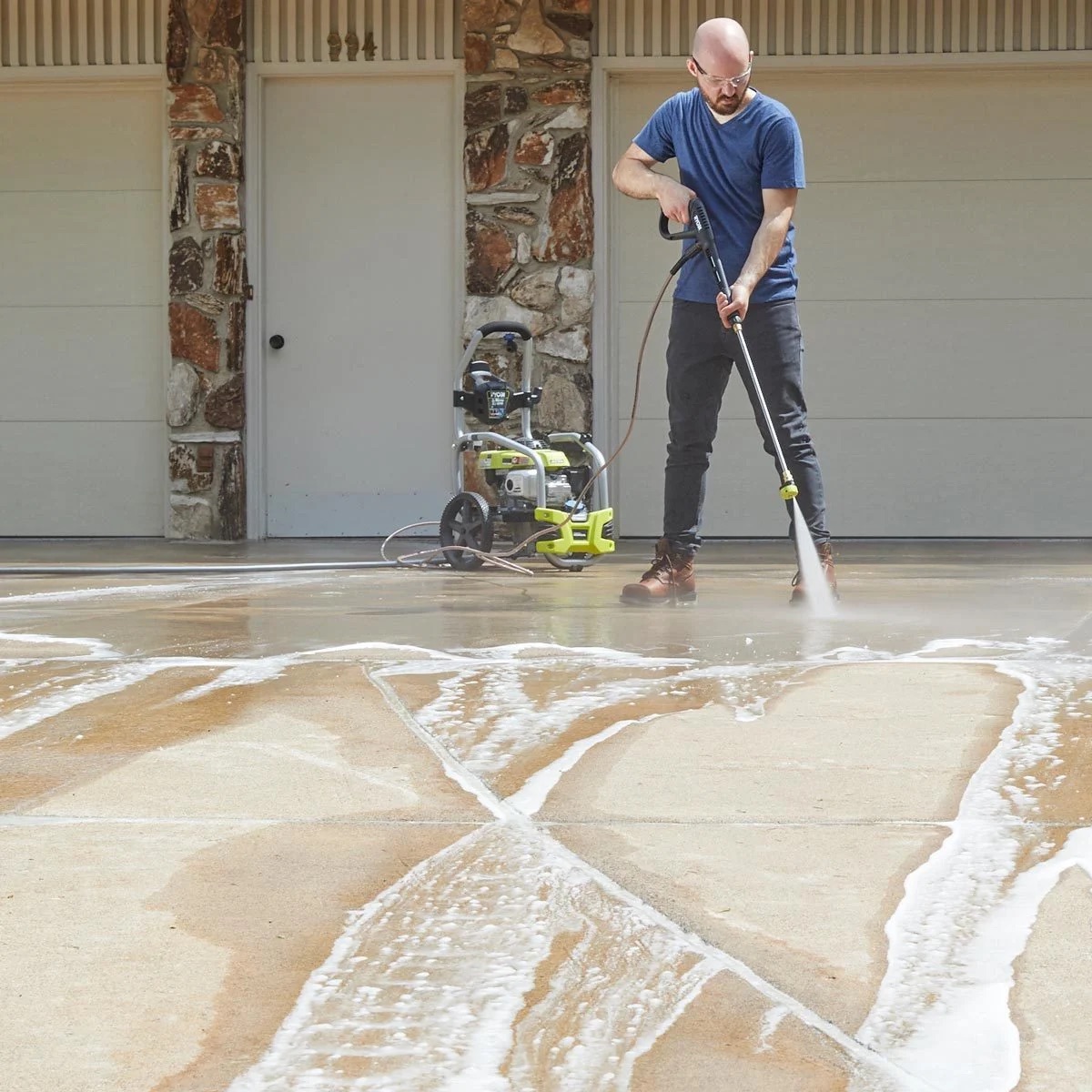
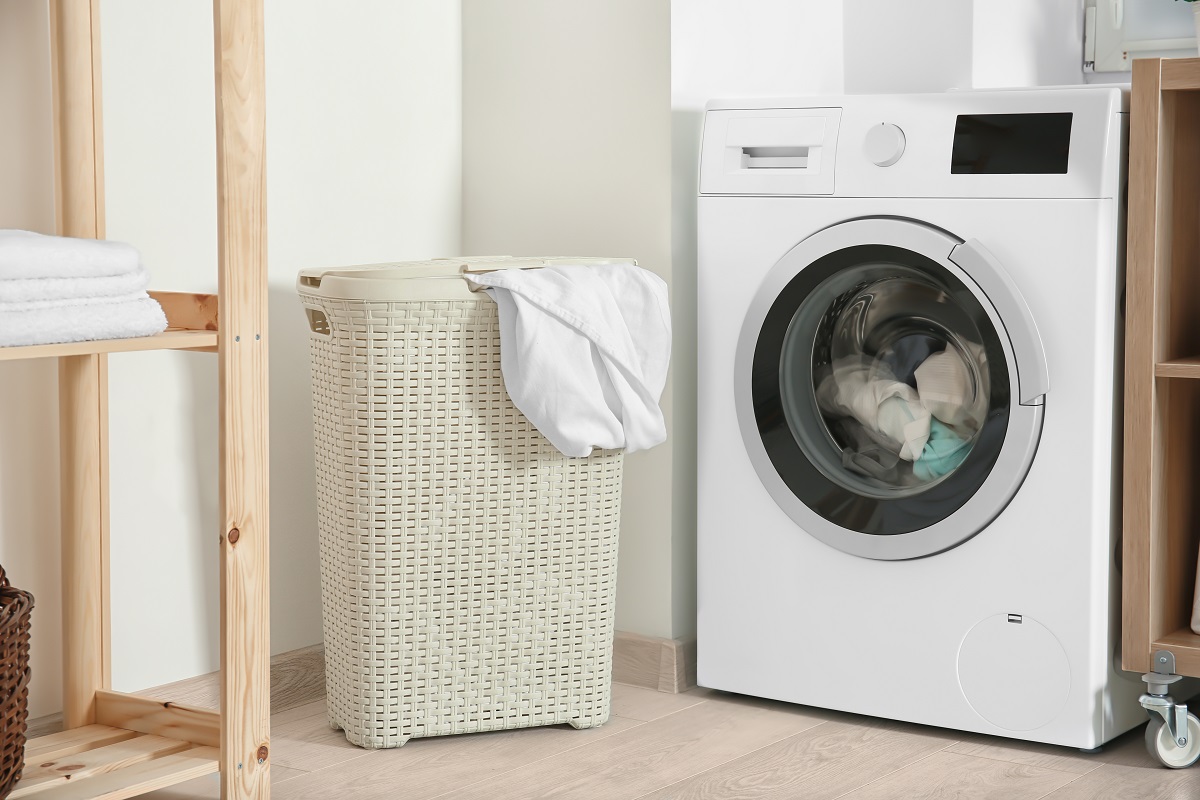
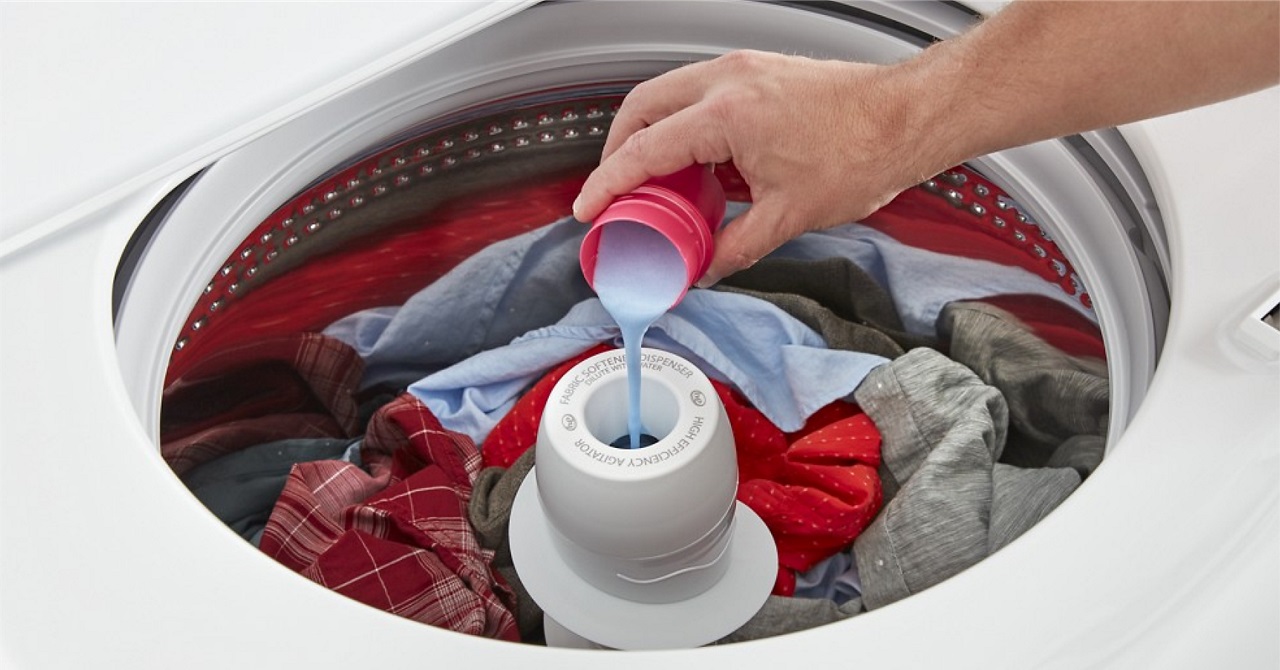
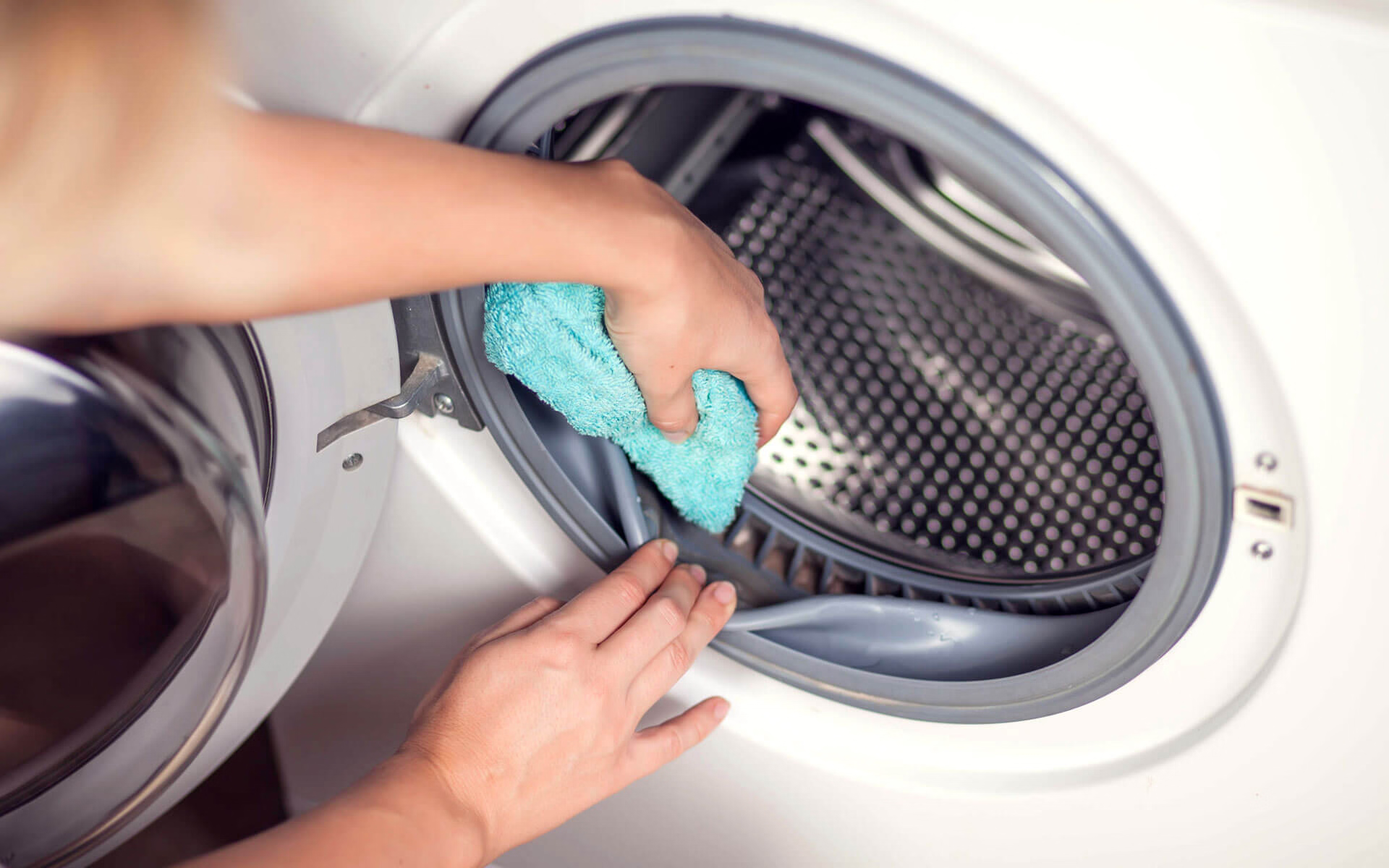

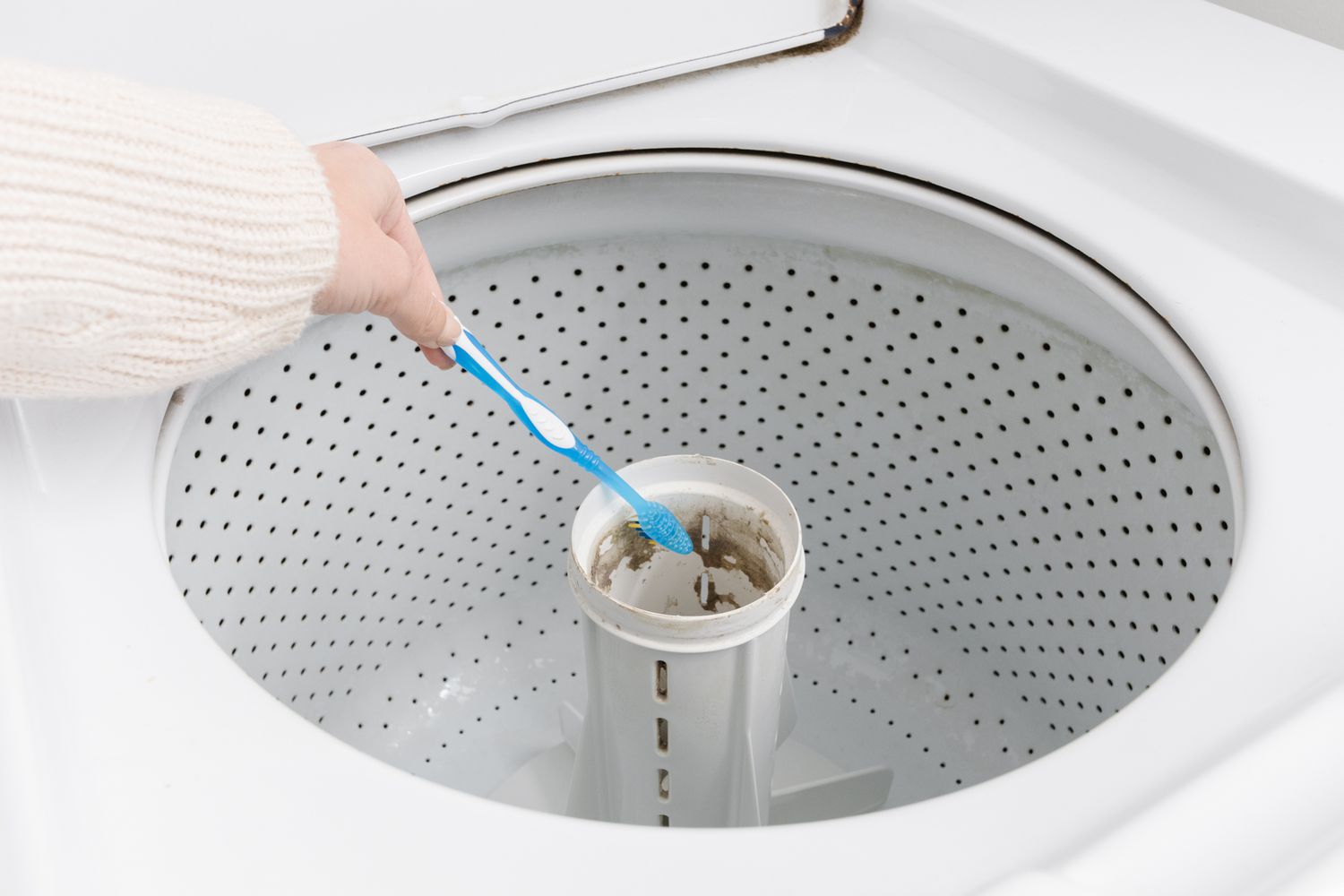
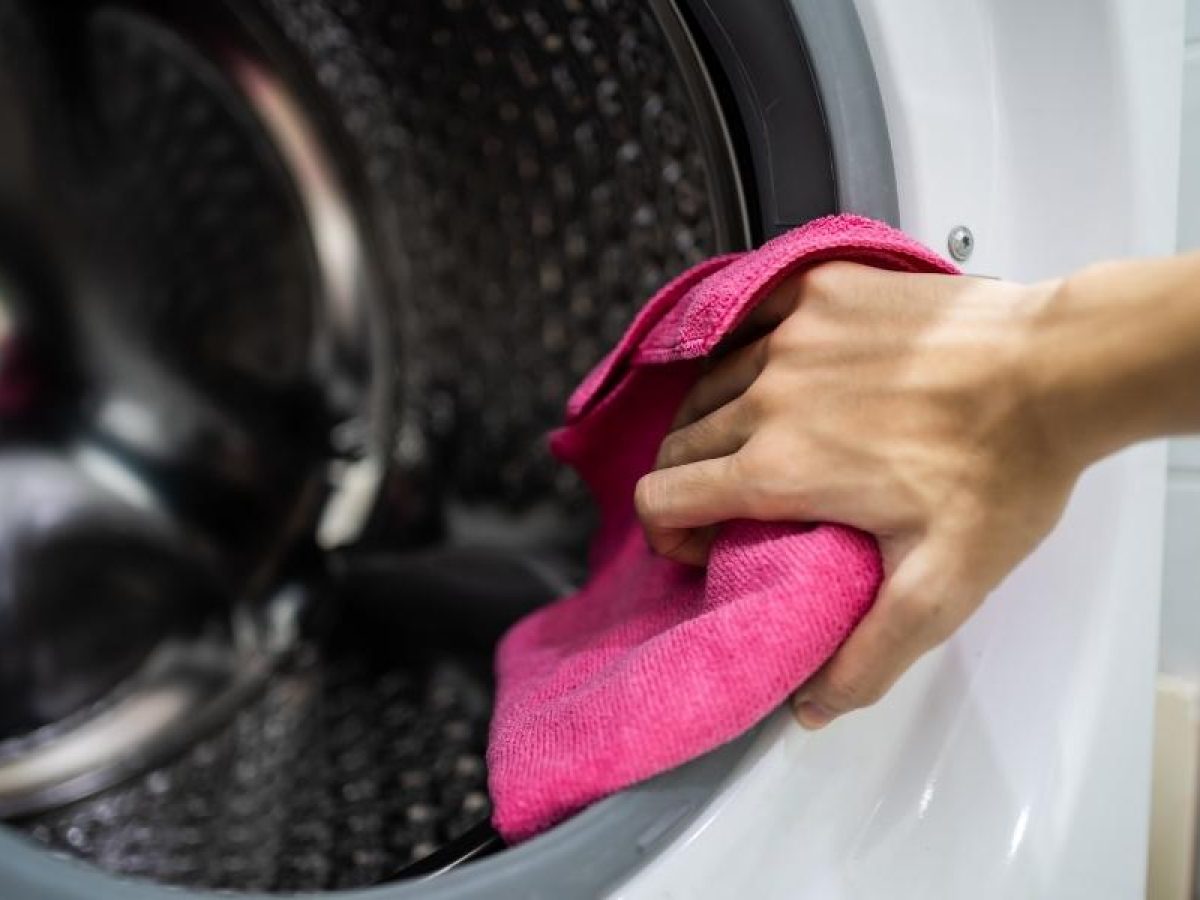
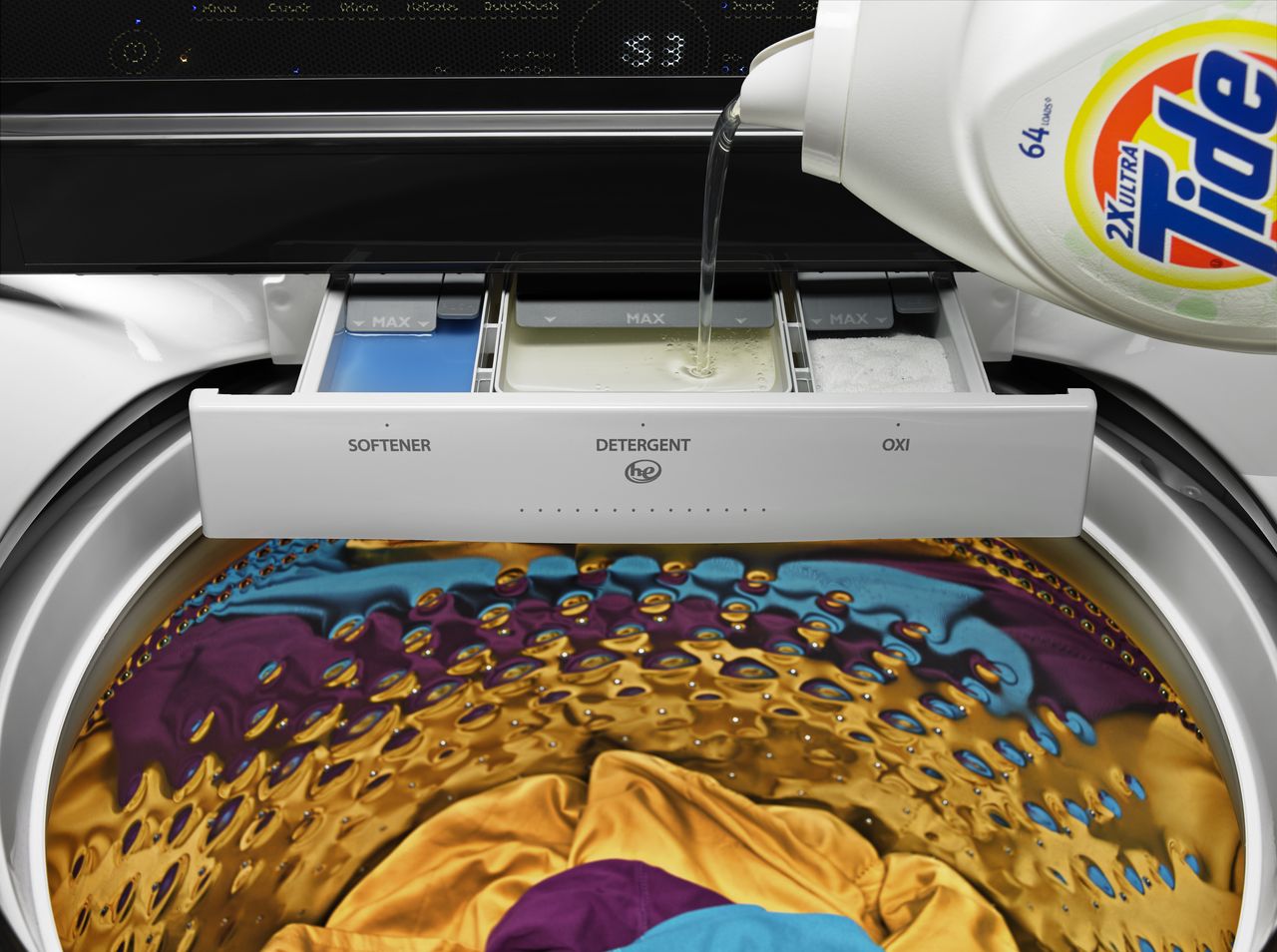

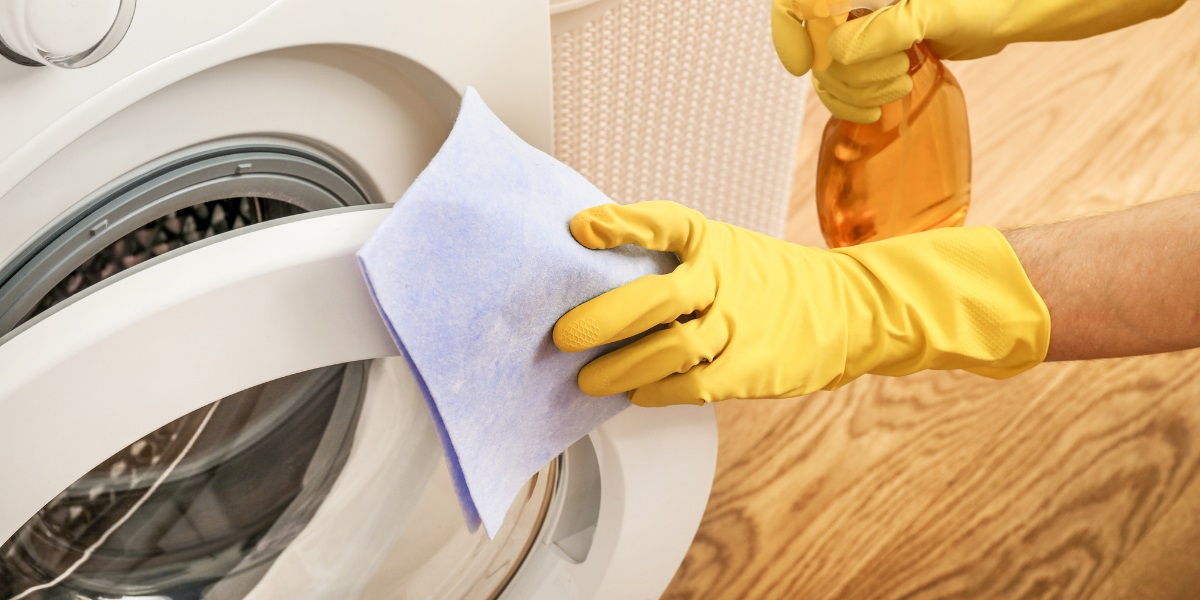
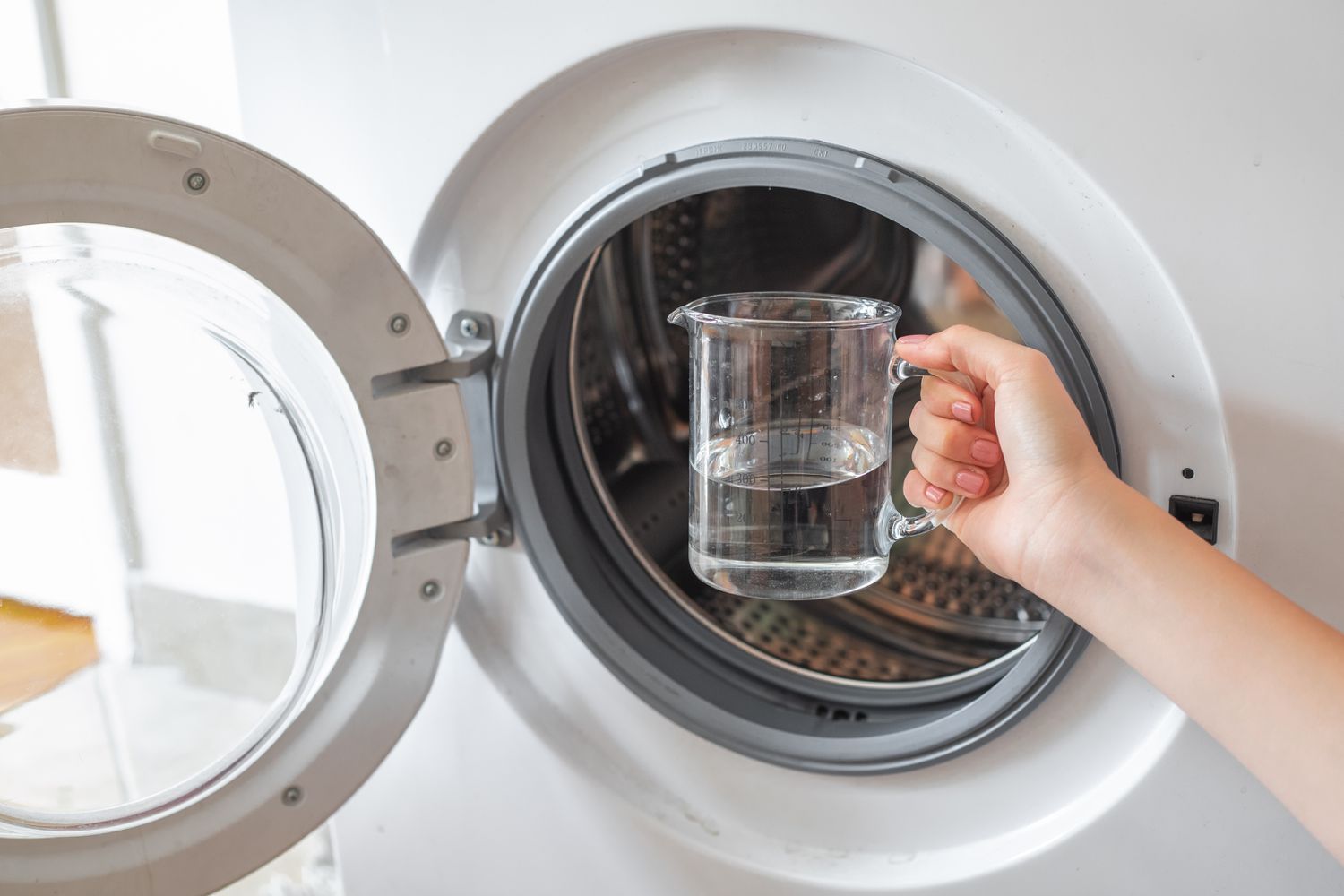
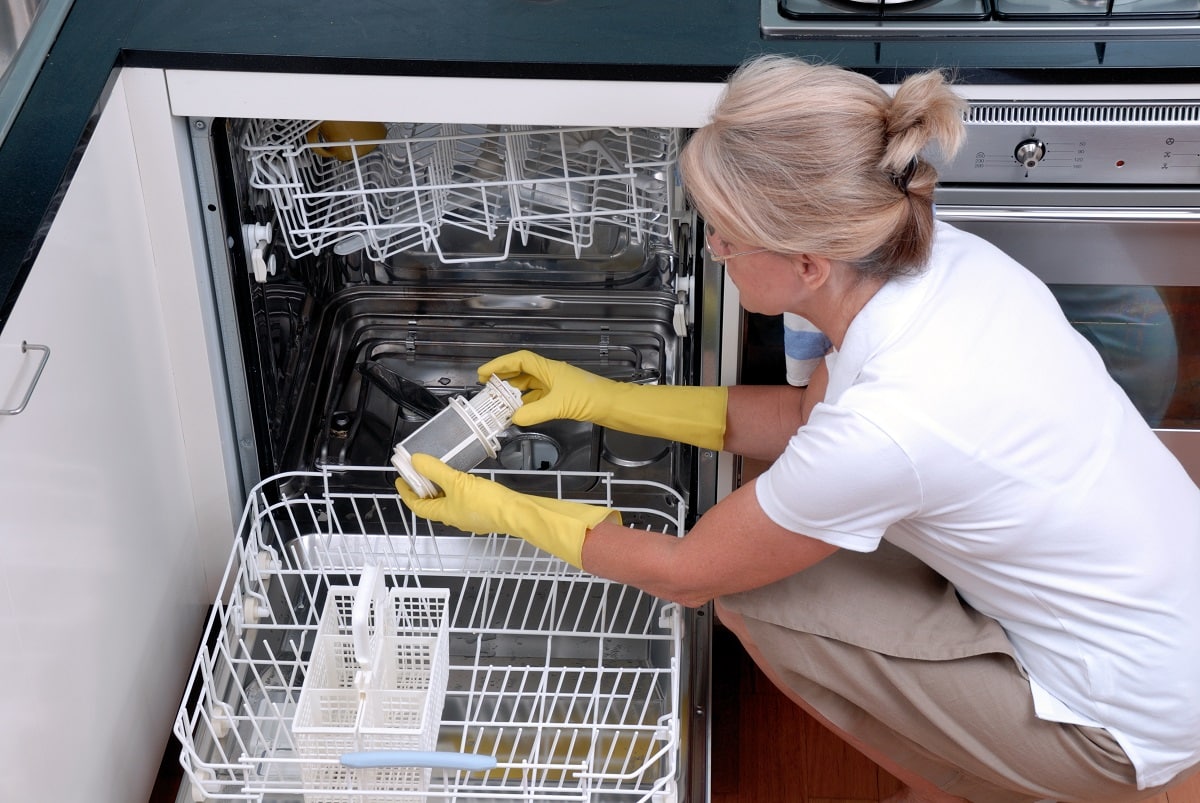
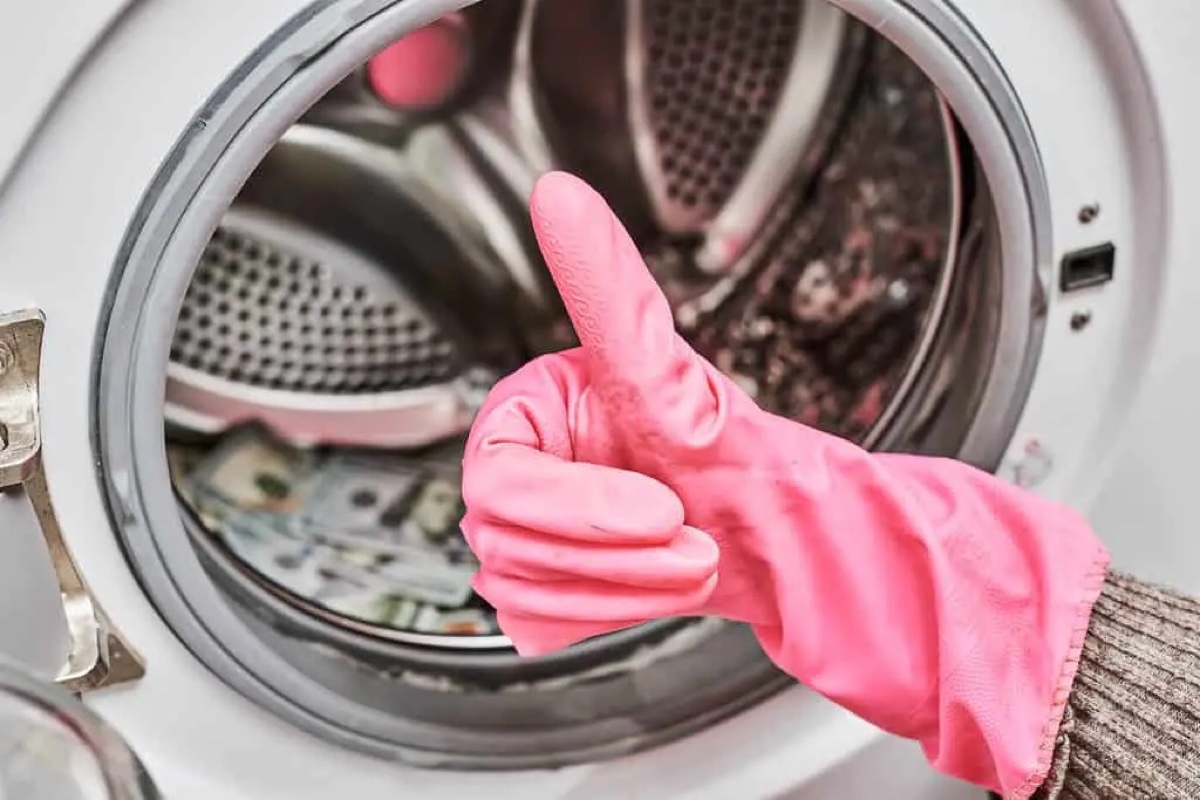

0 thoughts on “What To Put In Washer For Self Clean”